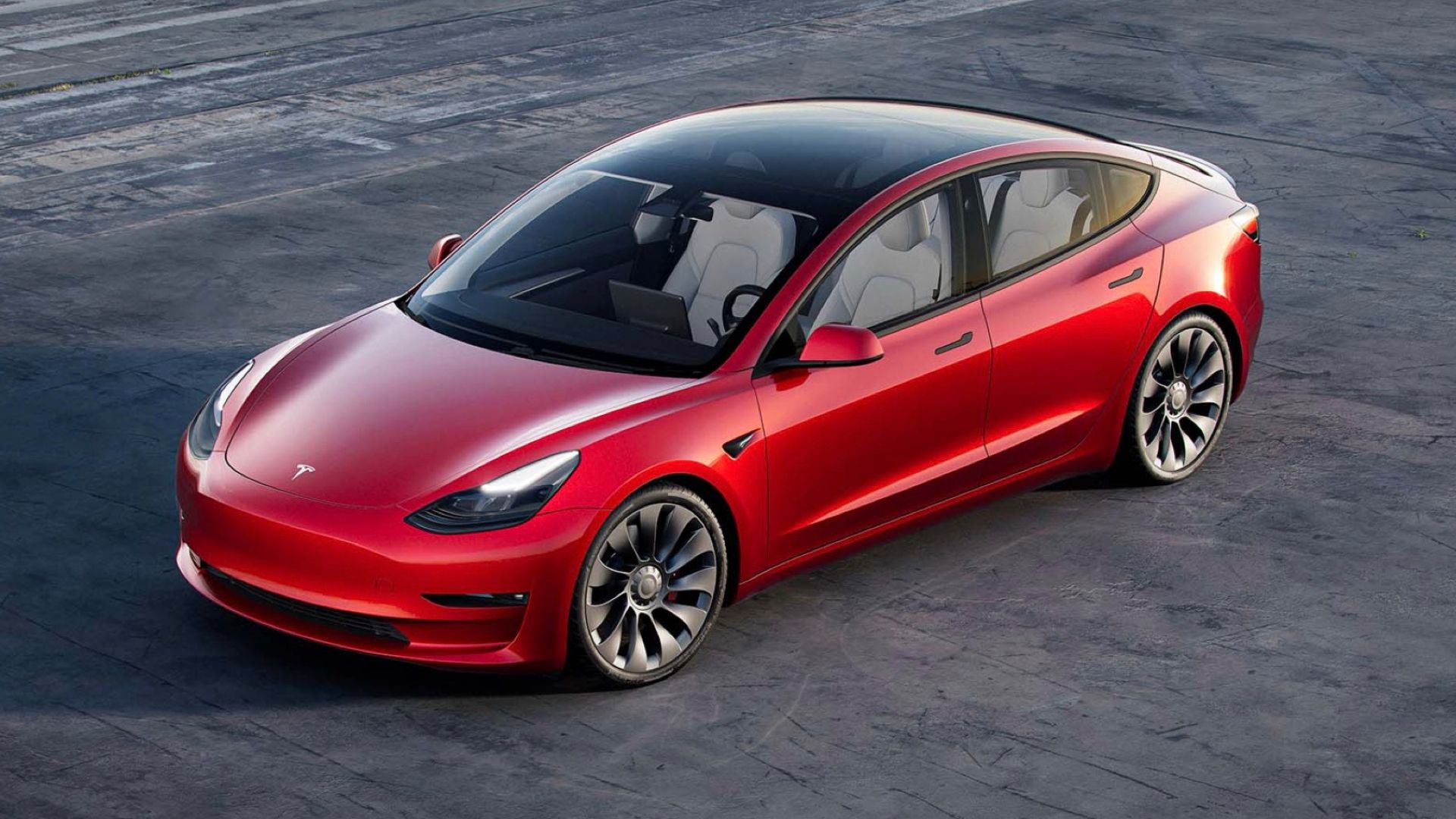Smartphone shipments have dropped for the fourth quarter in a row, but prices still remain relatively low, making this a good time to buy low-to-mid-range phones.

The smartphone industry is going through a rough time, but organizations looking to purchase or replace mobile phones for their employees may find this an opportune occasion to buy. For the second quarter of 2022, smartphone shipments fell by 9%, according to the latest data from research firms Canalys and IDC. The 286 million smartphones shipped marked the lowest quarterly figure since the second quarter of 2020, Canalys reported, and signalled the fourth quarter in a row of declines, IDC said.
What’s responsible for the drop in smartphone sales?

Supply chain hiccups are no longer the problem; instead, oversupply is the issue as customer demand has fallen in the face of rising inflation and economic fears.
“While supply improved as capacity and production was ramped up, roaring inflation and economic uncertainty has seriously dampened consumer spending and increased inventory across all regions,” said Nabila Popal research director with IDC’s Worldwide Tracker team. “OEMs have cut back orders for the rest of the year with Chinese vendors making the biggest cuts as their largest market continues to struggle.”
The oversupply has led to price cuts for key smartphone components, triggering a reduction in costs for vendors, according to Canalys analyst Toby Zhu. As a result, vendors may use the cost savings to improve the competitiveness of new product launches over the second half of the year. But such a move could make it more challenging to sell older smartphone models, Zhu added.
While hurting smartphone vendors, the lower demand and higher supply may be a boon to smartphone buyers, especially organizations.
SEE: BYOD Approval Form (TechRepublic Premium)
“For business, the availability of devices is very good compared to the situation over the last year,” Canalys research analyst Runar Bjørhovde told TechRepublic. “Many businesses look towards having a wide portfolio of very cheap, mid-priced, and high-end flagship devices for different purposes within the company, and availability of these devices is again strong.”
With the current situation, smartphone prices remain relatively low, presenting a buying opportunity for companies to purchase low-to-mid-range phones, Bjørhovde explained. Over time, however, higher component costs will push prices up just as higher costs have triggered the latest rise in inflation.
Potential benefits for business buyers

Still, the second half of 2022 holds excitement and appeal for smartphone customers with new devices coming from the likes of Apple, Google, Samsung and Motorola, according to Bjørhovde. In advance of the new phone launches, enterprise customers may be able to swing some deals to get more bang for the buck.
“Businesses can strike good deals buying larger quantities as it not only will help creating bigger deals for the smartphone vendors but also help clear inventory ahead of the upcoming launches,” Bjørhovde said. “The vendors focused on B2B are simultaneously offering relevant and useful packages often including security solutions, managed devices solutions and other hardware products that can allow businesses to get good deals acquiring their next set of smartphones.”
For the quarter, Samsung remained the world’s leading smartphone vendor with shipments of 62 million, a 6% gain from the same quarter in 2021, earning it a 21% slice of the market. In second place, Apple saw its iPhone shipments rise to 49 million, winning it a market share of 17%, according to Canalys. IDC pegged Apple’s shipments at 45 million with a market share of 16%. Chinese vendors Xiaomi, Oppo and Vivo all were hit by a decline in shipments and lower cuts of the market.
“In the premium segment, Samsung stressed its focus on foldable phones and the S series as profit drivers in developed markets,” Bjørhovde said. “Meanwhile, solid demand for the iPhone 13 series in North America, China and Europe enabled Apple to grow despite the headwinds. The high end has proven relatively resilient during the recession, while promotions and financing options have helped with affordability.”
For the next 12 months, vendors will be concerned about overall demand as they aim to understand what price levels and market segments will see stronger demand, according to Bjørhovde. Demand is expected to pick up in certain regions around the end of the year, Popal said, but noted that the outlook for the 2022 smartphone market will be revised down a few points. However, he added that he believes any downturn today doesn’t represent demand that’s lost but merely pushed forward.
















